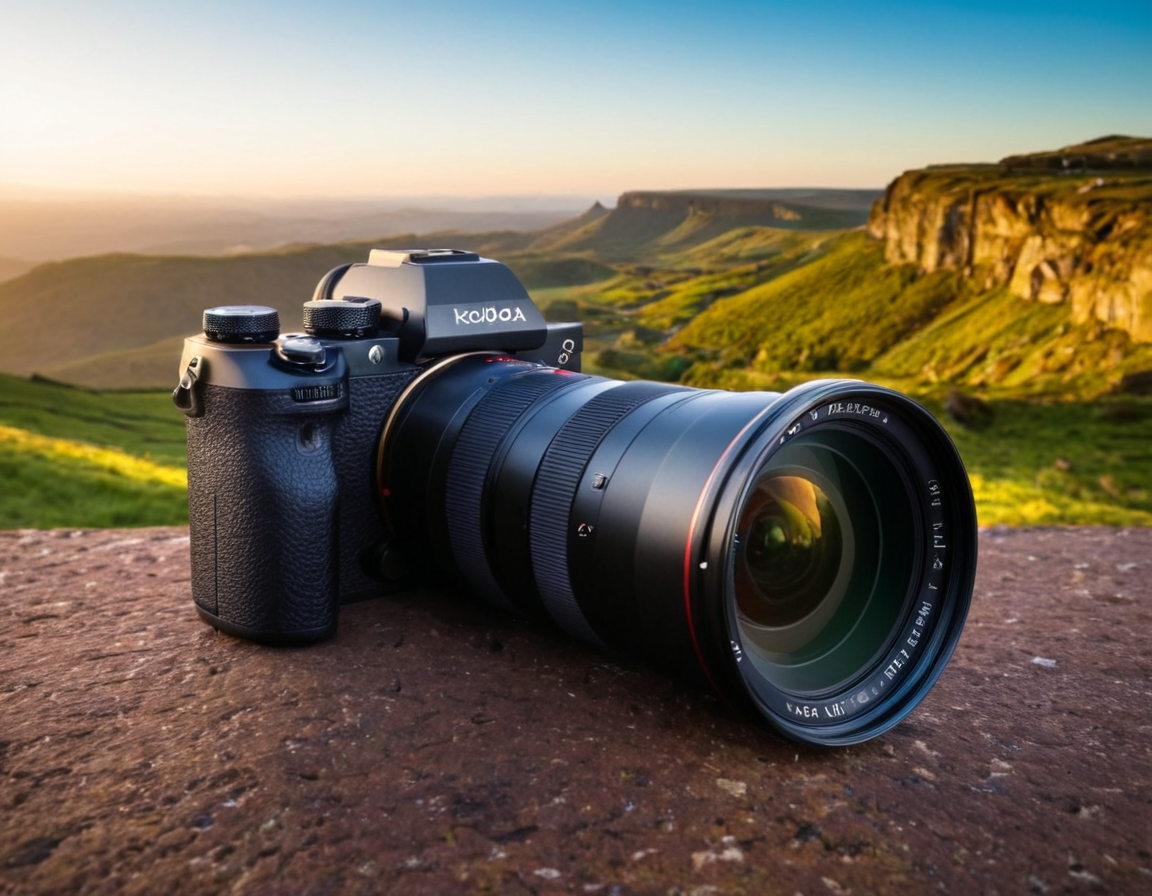Mirrorless Cameras & Wide Lens Sensor Size

The Impact of Sensor Size on Wide-Angle Lenses: Are Mirrorless Cameras Worth the Upgrade for Travel Photographers
The world of photography is constantly evolving, with new technologies and innovations emerging regularly. One area that has seen significant advancements in recent years is the field of mirrorless cameras. In this article, we’ll delve into the impact of sensor size on wide-angle lenses, exploring whether mirrorless cameras are worth the upgrade for travel photographers.
What is a Wide-Angle Lens?
Wide-angle lenses are designed to capture more of the scene in front of the camera, providing a broader field of view. They’re often used in landscape, architecture, and interior photography to create a sense of space and context. However, these lenses also have some limitations, particularly when it comes to low-light performance.
Sensor Size: The Key Factor
The sensor size in a camera is measured by its diagonal length (usually in millimeters). A larger sensor generally means better image quality, as it allows for more light to be captured and results in shallower depth of field. However, increasing the sensor size also increases the cost and size of the camera.
How Sensor Size Affects Wide-Angle Lenses
When it comes to wide-angle lenses, a smaller sensor can lead to several issues:
- Vignetting: Dark areas around the edges of the frame, caused by light being blocked by the lens.
- Distortion: The image may appear curved or stretched, particularly at the edges.
- Noise: Increased noise and grain in low-light conditions.
On the other hand, a larger sensor can help mitigate these issues:
- Improved vignetting control: Modern lenses often feature advanced coatings to minimize vignetting.
- Reduced distortion: Advanced lens design and materials can reduce distortion.
- Better low-light performance: A larger sensor allows for more light to be captured.
Mirrorless Cameras: Worth the Upgrade?
So, are mirrorless cameras worth the upgrade for travel photographers? The answer is complex. While mirrorless cameras do offer several benefits, including faster autofocus and improved video capabilities, they also come with a higher price tag.
For travel photography, the primary concern is often the weight and bulk of the camera. Mirrorless cameras can be significantly smaller and lighter than their DSLR counterparts, making them easier to carry on long trips.
However, when it comes to wide-angle lenses, the situation becomes more nuanced. While larger sensors can offer improved image quality, they also increase the cost and size of the lens.
Conclusion
In conclusion, the impact of sensor size on wide-angle lenses is a complex issue that requires careful consideration. While mirrorless cameras do offer several benefits, they’re not necessarily worth the upgrade for travel photographers who prioritize weight and bulk.
Instead, it’s essential to consider your specific needs and priorities:
- Do you need improved low-light performance?
- Are you willing to pay a premium for a larger sensor?
- Have you considered alternative options, such as crop sensors or hybrid cameras?
Ultimately, the decision to upgrade to a mirrorless camera should be based on your individual needs and priorities. We recommend researching and comparing different options before making a decision.
Call to Action
As you consider your next camera purchase, remember that there’s no one-size-fits-all solution. Take the time to research, compare, and weigh your options carefully. Your photography will thank you.
This article is intended for informational purposes only and should not be taken as professional advice.
Tags
wide-angle-lenses mirrorless-cameras sensor-size photography-travel low-light-performance
About Jose Gimenez
Hi, I'm Jose Gimenez, a seasoned photographer and blogger passionate about helping creatives level up their craft. With years of experience shooting weddings, landscapes, and portraits, I share practical tips, tutorials, and tools on lentecreativa.com to inspire and educate photographers.
